7 gardening tasks for June: Plant garlic and shallots, feed leafy crops
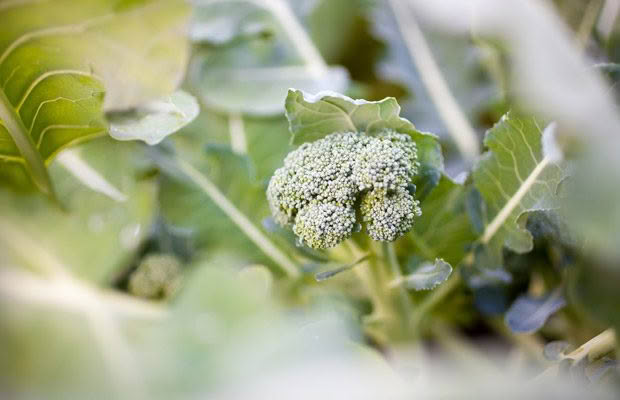
Make the most of the chilly weather by growing hardy, nutritious crops.
Words: Jane Wrigglesworth
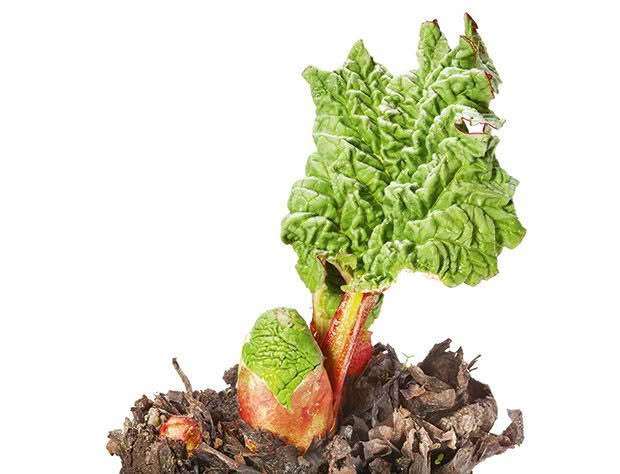
Plant rhubarb crowns. Rhubarb is hardy and grows well in all parts of the country if the soil is free-draining. However, in cold areas, it’s best to use a cloche to protect crowns from heavy frosts. In warmer areas, choose a spot that will get a little shade over summer. Prepare the site by digging in plenty of organic matter, such as composted or aged manure. If your soil is too moist, plant in raised beds or a large pot.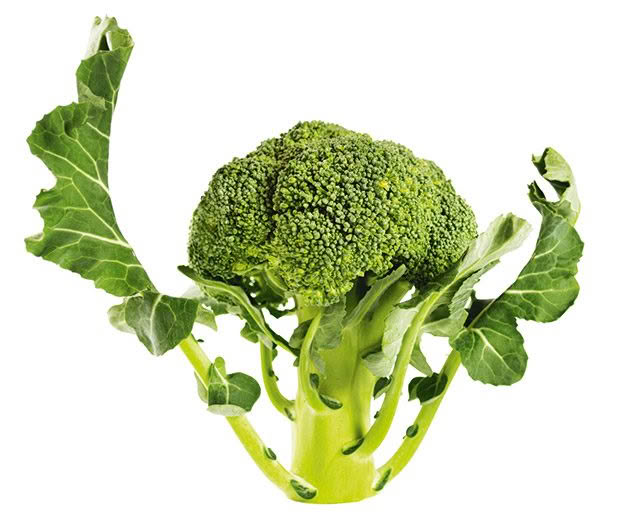
Lightly hoe or weed between rows of brassicas. Apply high nitrogen blood and bone or composted manure to soil around kale, cabbage, and other leafy crops, to encourage good leaf growth. Broccoli and cauliflower heads are actually flowers and need a fertiliser high in phosphorus, which is good for flower growth.
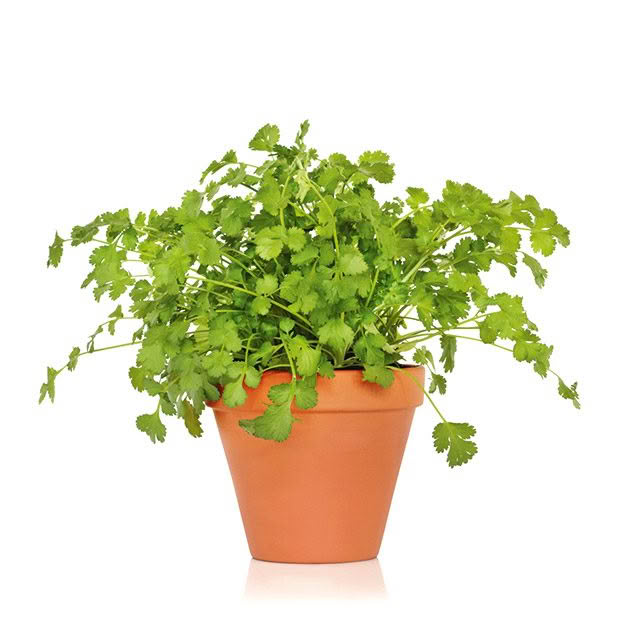
Love coriander? Grow it under cover for winter harvest. Parsley also grows through winter, although it won’t grow as quickly as it does in warmer months.

The shortest day (June 22) is traditionally the time for planting garlic and shallots. Both rot in wet soil, so plant in raised beds or large containers if your soil regularly gets soggy. Choose a sunny spot with fertile, compost-enriched soil. Divide shallots into single bulbs. Plant each bulb root end-down, with at least a third of the bulb poking out. Plant garlic cloves about 5cm deep and 10-15cm apart.
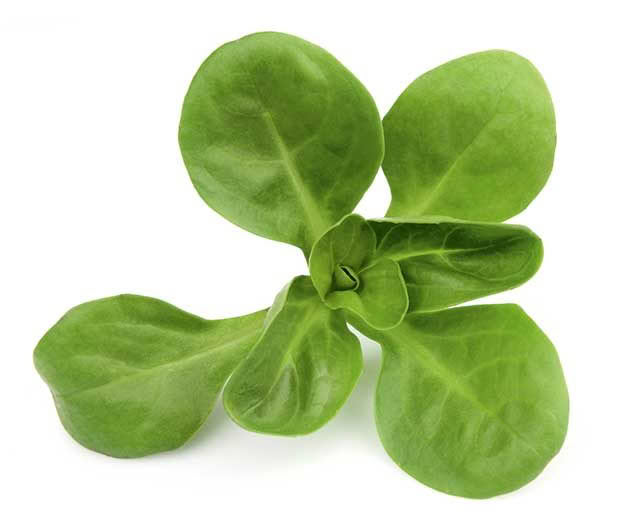
Corn salad.
Regularly sow corn salad (lamb’s lettuce), rocket, mustard greens, land cress, and miner’s lettuce for nutritious winter greens. Plant in the greenhouse or under a cloche in cooler regions.
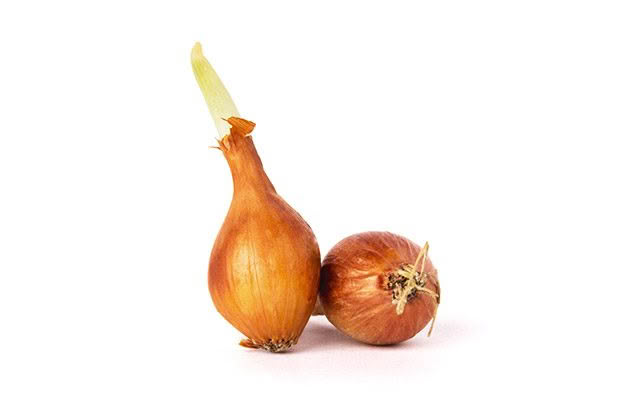
Sow onions in trays for planting out in spring. You can direct sow, but seedlings often get lost amongst weeds. Sowing can continue until July in warmer areas and August in cooler regions. Plant out in 3-4 months, when seedlings have 4-6 ‘true’ leaves. Dig organic matter into the soil in preparation for planting. Onions like an alkaline soil so add lime too, if necessary. Be patient; onions can take more than six months from sowing to harvesting.
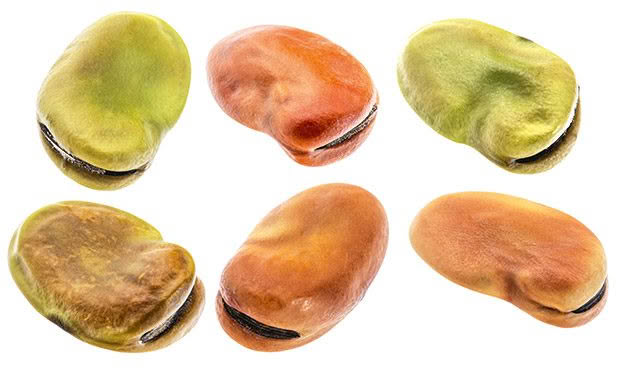
Sow or plant broad beans. Apply sulphate of potash to the soil. The potassium will help plants harden up and deal with wintry weather. Ensure plants are staked.
Love this story? Subscribe now!
 This article first appeared in NZ Lifestyle Block Magazine.
This article first appeared in NZ Lifestyle Block Magazine.
